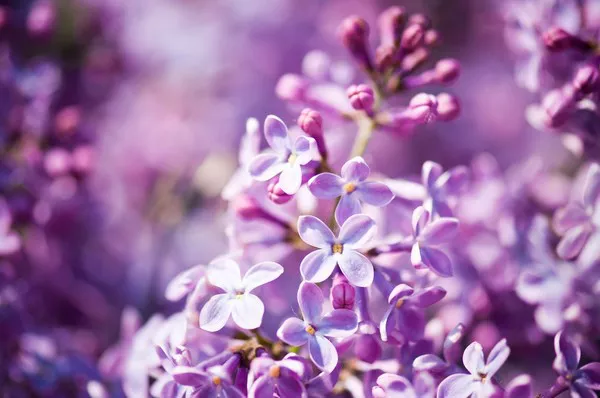Flowers have an uncanny ability to capture our attention with their exquisite beauty and ephemeral charm. Among the enchanting array of blooms, the cornflower (Centaurea cyanus) stands as a symbol of delicate grace and simplicity. Curious gardeners and flower enthusiasts often find themselves wondering: How long do cornflowers bloom? In this article, we explore the blooming cycle of cornflowers, shedding light on their duration, factors influencing flowering, and horticultural insights to ensure a successful cultivation experience.
An Introduction to the Cornflower
The cornflower, also known as bachelor’s button or bluebottle, is a delightful annual flower that hails from Europe. Its striking blue petals, contrasting with a central disk of darker hues, create an eye-catching display that has made it a favorite in gardens, wildflower meadows, and floral arrangements.
Understanding the Blooming Cycle of Cornflowers
Cornflowers are known for their relatively long blooming season, offering their captivating beauty over an extended period. The typical blooming cycle of cornflowers can be understood through several distinct stages:
1. Germination and Early Growth
Cornflower seeds are typically sown directly into the ground in spring, after the danger of frost has passed. Germination occurs within one to two weeks. During this stage, the plant focuses on establishing its root system and producing its first set of leaves.
2. Vegetative Growth
As the plant matures, it develops a bushy foliage structure composed of lance-shaped leaves. This vegetative growth phase lasts for several weeks and is characterized by the absence of flower buds.
3. Initiation of Flower Buds
As the growing season progresses, typically in mid to late spring, cornflowers start producing flower buds. These buds form at the ends of slender stems and gradually develop into the distinct blue blooms that cornflowers are known for.
4. Blooming Period
The blooming period of cornflowers is one of their most enchanting phases. The vibrant blue petals unfold to reveal the central disk, creating a captivating contrast. Depending on environmental factors and care, the blooming period can extend from late spring to early summer, lasting for several weeks.
5. Seed Production and Senescence
After the blooming period, the flowers transition to seed production. The petals fade, and the central disk transforms into a seed head containing numerous small seeds. As the summer months progress, the plant’s energy is directed towards seed development.
6. End of Season and Seed Dispersal
Toward the end of the growing season, usually in late summer, cornflowers complete their life cycle. The dried seed heads disperse their seeds, which fall to the ground to potentially germinate in the following year.
Factors Influencing the Blooming Duration
Several factors play a role in determining how long cornflowers will bloom and the overall duration of their flowering period:
1. Climate and Growing Zone
Cornflowers are adaptable and can grow in a range of climates, but their blooming period may vary depending on the local climate and growing zone. In temperate regions, they tend to bloom from late spring to early summer.
2. Sunlight and Temperature
Cornflowers thrive in full sun and moderate temperatures. Adequate sunlight and optimal temperatures contribute to healthier plants and prolonged blooming periods.
3. Soil Conditions
Well-drained soil with good fertility supports healthy growth and extended blooming. Providing suitable soil conditions can contribute to robust plants that produce more flowers.
4. Watering and Moisture
Cornflowers prefer moderately moist soil. Consistent watering without waterlogging the soil helps sustain their blooming cycle. Drought stress can shorten the duration of their blooms.
5. Deadheading
Removing spent flowers, a practice known as deadheading, can encourage cornflowers to continue blooming. Deadheading prevents the plant from diverting energy into seed production and instead focuses on producing more flowers.
Cultivation Tips for Prolonged Blooming
To ensure a prolonged blooming period and successful cultivation of cornflowers, consider these horticultural insights:
1. Successive Planting
Sow cornflower seeds in successive batches a few weeks apart. This staggered planting ensures a continuous supply of flowers throughout the growing season.
2. Regular Deadheading
As mentioned earlier, removing spent flowers by deadheading promotes continuous blooming. Be sure to snip off the faded blooms to encourage the development of new buds.
3. Appropriate Care
Provide proper care in terms of watering, soil quality, and sunlight. Healthy plants are more likely to produce abundant flowers over an extended period.
4. Supportive Companion Plants
Plant cornflowers alongside other flowers that bloom at different times. This creates a dynamic and evolving garden display throughout the season.
Conclusion
The cornflower’s blooming cycle is a captivating journey that spans several stages, from germination to seed dispersal. With their vibrant blue petals and charming simplicity, cornflowers grace gardens and landscapes with their presence for a significant portion of the growing season. By understanding the factors that influence their blooming duration and implementing effective cultivation practices, gardeners can enjoy the enchanting beauty of cornflowers throughout spring and early summer, creating a floral spectacle that delights both the eye and the heart.


